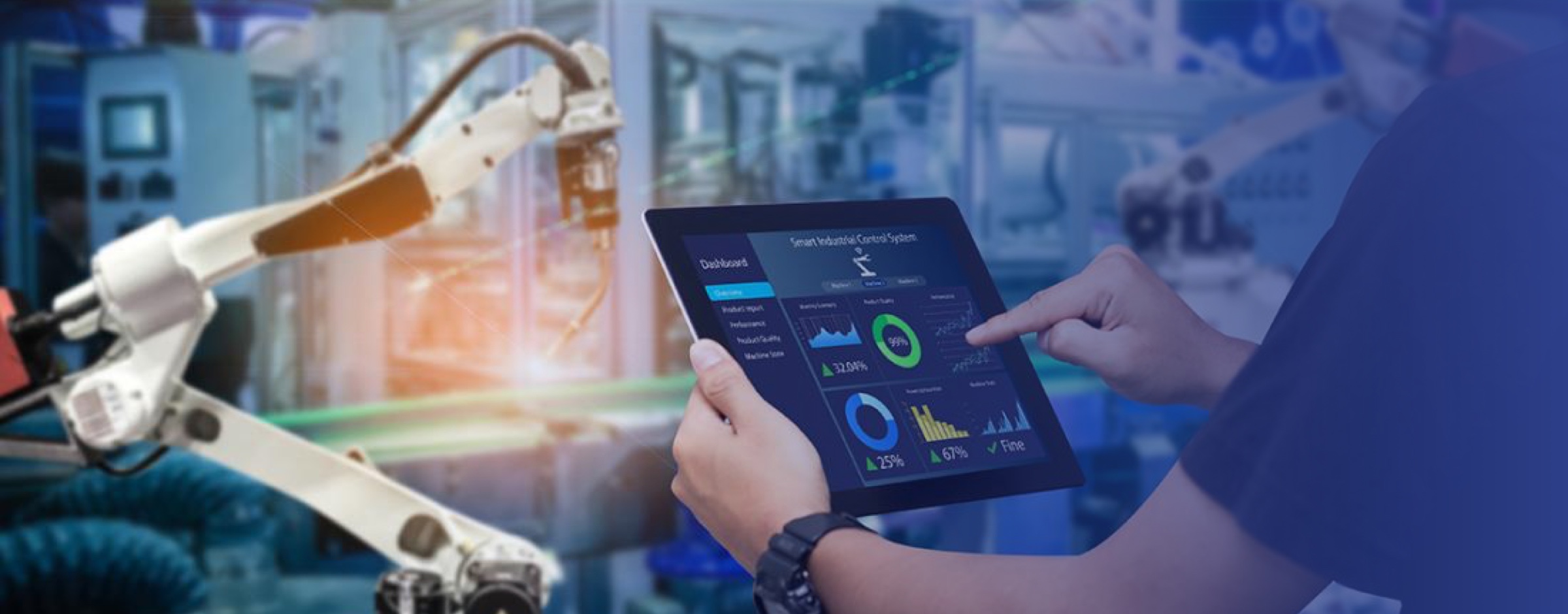Smart
Manufacturing

Mission
Develop/promote more powerful, more economical, more efficient, and more flexible manufacturing technologies.
Brief Introduction
Smart Manufacturing Thrust (SMMG) encompasses highly adaptive and agile computer-integrated manufacturing technologies. By leveraging digital analyses and intelligent technologies, it promotes the development of more flexible and more efficient manufacturing technologies.
The Thrust aims to research and develop new theories and technologies in areas such as micro-nano manufacturing, multi-scale dynamic modeling and simulation, additive manufacturing and hybrid manufacturing, precision multi-axis and robotic processing, intelligent sensing, and industrial big data analysis. It seeks to develop new systems and equipment for microelectronics, open manufacturing, and intelligent manufacturing, thereby enhancing the quality and efficiency of the manufacturing industry and advancing towards greener and more flexible solutions.
The Thrust aims to research and develop new theories and technologies in areas such as micro-nano manufacturing, multi-scale dynamic modeling and simulation, additive manufacturing and hybrid manufacturing, precision multi-axis and robotic processing, intelligent sensing, and industrial big data analysis. It seeks to develop new systems and equipment for microelectronics, open manufacturing, and intelligent manufacturing, thereby enhancing the quality and efficiency of the manufacturing industry and advancing towards greener and more flexible solutions.
Cross-disciplinary Focus Areas
-
Additive and Hybrid Manufacturing
-
Advanced Multi-axis Machining
-
Chip Manufacturing and Packaging
-
Micro/Nanoscale Manufacturing
-
Human-Cyber-Physical Manufacturing System
-
Industrial AI and Data Analytics
-
Intelligent Quality Management
-
Robotics in Manufacturing
-
Biomanufacturing and Biomedical Equipment
-
Green and Sustainable Manufacturing